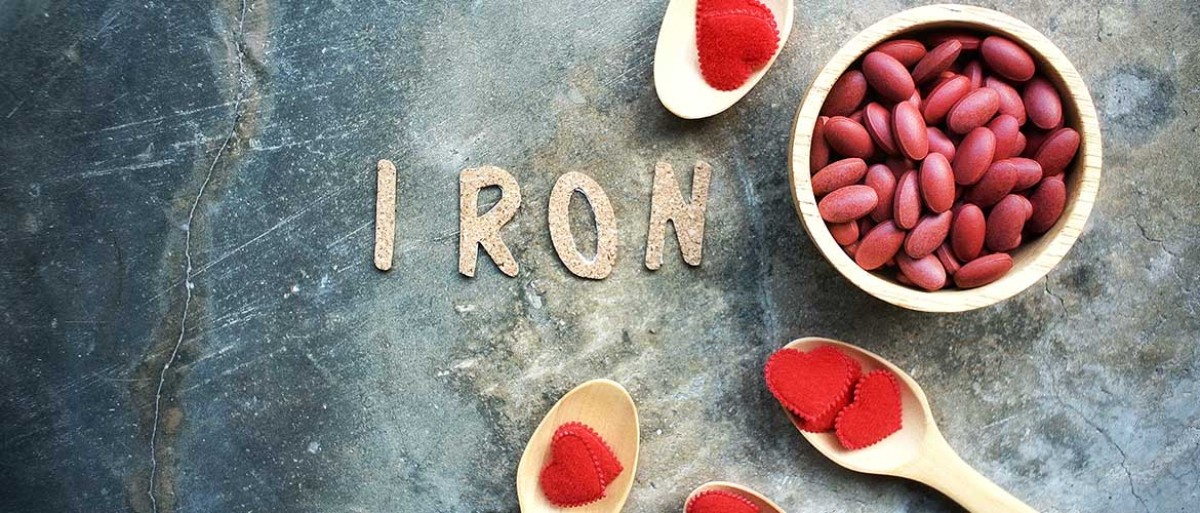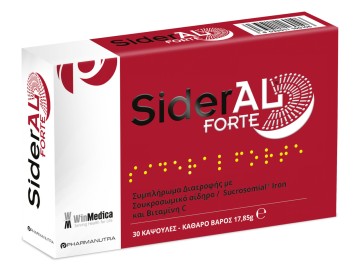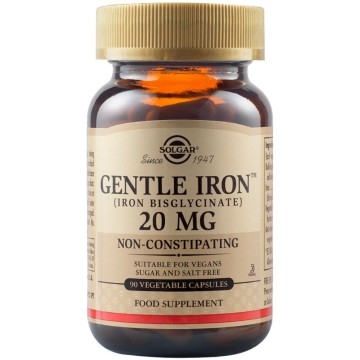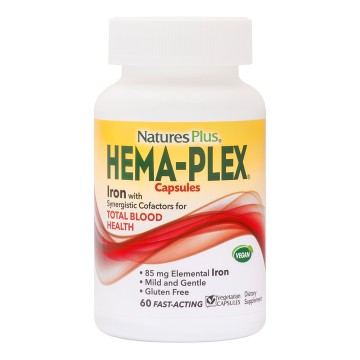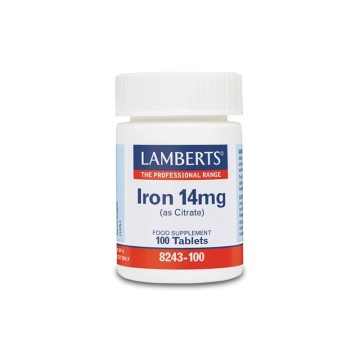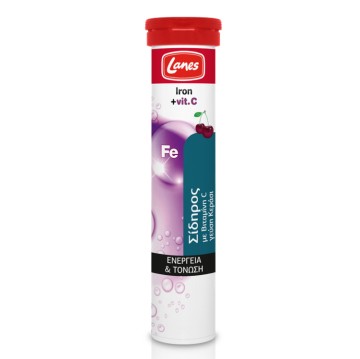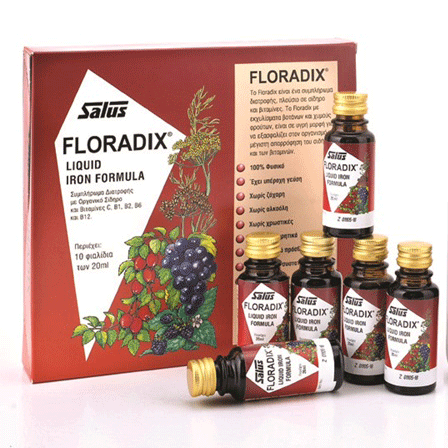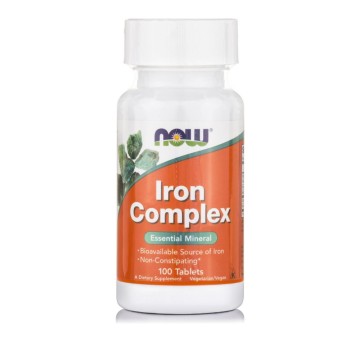Η
iron deficiency anemia is the most common
form of anemia. It mainly concerns
infants, children, adolescents and women of reproductive age. According to epidemiological data, 3% of women have iron deficiency anemia, while 20% of women have reduced iron stores without showing anemia.
Η
iron deficiency anemia occurs when the body does not have enough iron to produce enough
hemoglobin, the protein that helps red blood cells transport
oxygen in the body. The
iron it is vital to the organization and functioning of the human body.
Σύμπτωματα Σιδηροπενικής Αναιμίας
If you suffer from
iron deficiency anemia, you may face a series
symptoms, of which the main ones are:
- A constant state of fatigue and weakness
- Tachycardia or palpitations
- Difficulty breathing, especially during exercise
- Headaches, especially during exercise
- Cold extremities (hands and feet)
- Tinnitus in the ears
- Paleness or yellowing of the skin
- Painful or smooth tongue
- Constipation or diarrhea
- Hair loss and brittle nails
Diagnosis of Iron Deficiency Anemia
To diagnose iron deficiency anemia, your doctor will use a number of laboratory tests, including:
- Blood tests: The diagnosis of iron deficiency anemia is confirmed by blood tests, such as hemoglobin and hematocrit, which are included in the General Blood.
- Ferritin control: Ferritin is an important enzyme that helps store iron in the body. Low ferritin levels can indicate an iron deficiency.
- Total Iron Binding Capacity (TIBC) Test: In case of iron deficiency anemia, this test usually shows an increased iron binding capacity.
- Control of transferrin: Transferrin is a protein molecule that binds iron and transports it around the body. In iron deficiency anemia, transferrin levels are usually elevated.
If found to exist
iron deficiency anemia, your doctor may ask you to do
additional exams, to identify its causes. These can include
endoscopy to check for stomach bleeding, colonoscopy, or CT colonography to check for signs of bleeding in the bowel, and ultrasounds to check for uterine fibroids in women.
Prevention of Iron Deficiency Anemia
Η
prevention of iron deficiency anemia includes consumption
foods rich in iron, such as red meat, poultry, fish, eggs, seafood, nuts, beans and peas, dark green leafy vegetables, dried fruit, cereals, bread, and spaghetti with added iron . Also, eating foods rich in
vitamin C, such as oranges, lemons, strawberries, peppers, apricots, mangoes, and pineapples, can help improve
absorption of iron by the body.
Treatment of Iron Deficiency Anemia
In case of diagnosis
iron deficiency anemia, treatment usually includes
taking iron supplements, either by mouth or through intravenous injections, in more severe cases. Taking iron by mouth is usually the first choice to treat it
iron deficiency anemia, but this can cause constipation or diarrhea in some people. The dose of iron to be taken will be determined by your doctor, depending on the severity of your anemia.
If you have
constipation or diarrhea from taking iron by mouth, your doctor may advise you to switch to another form of iron, or try a different dose. Alternatively, he may suggest that you take iron with food, although this may reduce iron absorption somewhat.
If you cannot receive
iron through the mouth, or if the
iron deficiency anemia is severe, your doctor may recommend intravenous iron injections. These injections are usually given in a hospital or clinic, and can help treat anemia more quickly than taking iron by mouth.
It is important to keep taking
iron for as long as your doctor has advised you, even if you feel better. This is because o
iron should reset the levels
hemoglobin in your blood and replenish the iron stores in your body.
Challenges and Health Problems Associated with Iron Deficiency Anemia
Regardless of its severity, iron deficiency anemia can cause a number of health problems, including:
- Heart problems: Anemia can cause tachycardia or arrhythmia, as the heart has to work harder to carry oxygen to the body. This can lead to heart failure.
- Problems during pregnancy: In pregnant women, iron deficiency anemia has been linked to preterm birth and low birth weight.
- Developmental disorders: In children, severe iron deficiency can cause developmental delays.
If you notice any of the above symptoms, or if you have any of the health conditions that increase your risk
iron deficiency anemia,
it is important to contact your doctor for further investigation.













